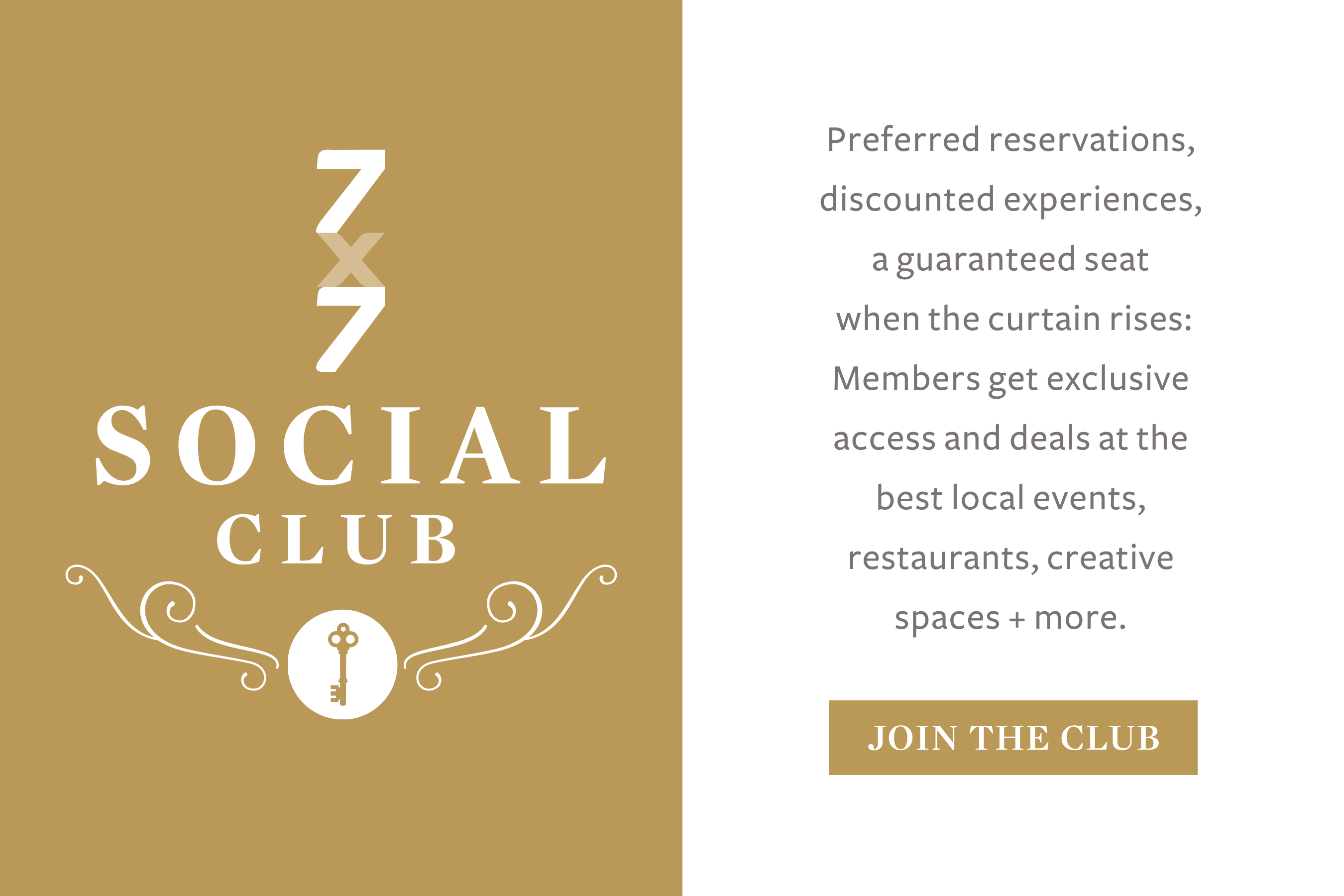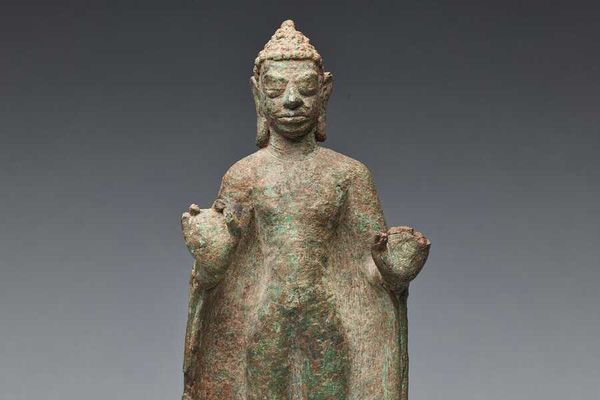Welcome to our weekly 'Ask a Vet from the SF SPCA' feature on 7x7.com. Dr. Jeannine Berger, DVM, DACVB is a board certified veterinary behaviorist who counsels guardians whose pets’ issues are beyond the scope of training. Think of her as a pet shrink…at your service. Ask your own questions in the comments!
Q: You often offer free adoption of cats and dogs. Is this a reflection on the animals? Is it a reflection on the adopters? I’m trying to sort through the moral quagmires associated with free.
A: So, we sometimes get notes from folks complaining that we devalue animals by lowering or eliminating adoption fees. But smart incentives can do a lot of good. You’ll see from our site that the SF SPCA has set up a variable fee structure that helps support medical care for the harder-to-place animals in our shelter, puts a premium on younger animals, and encourages a number of other desirable things, such as taking home bonded pairs. Essentially this reflects supply and demand, with the benefits spread around to all the animals in our care.
Shelters and rescues used to charge adoption fees to ensure that adopters would be “good parents”—that they’d value and bond with their new pet. Many shelters still do. But I can’t tell you how many times people have told me that adopting an animal from a shelter or rescue was more difficult than adopting a child! I don’t know about that, but it is true that many shelters and rescues put barriers between animals and homes, including financial ones. Sometimes, wonderful potential guardians are driven away.
When you consider that millions of fine animals are euthanized in shelters each year and that shelters capture less than 20% of the “market” for dogs and cats—that is, fewer than 20% of Americans acquire their cat or dog from a shelter—we need to be creative and thoughtful in how to remove all the barriers.
There’s a belief that waiving fees attracts low-income adopters who couldn’t afford to take care of an animal. A 1998 study by Robert Poresky and Ann Daniels challenged that idea. It looked at attachment to pets and household income and found that “low-income pet owners were more attached to their pets than any other income group.” Again, in 2009, Emily Weiss and a research team compared fee-based cat adoptions with those where fees had been waived. She found no significant difference in attachment.
Many of the financial barriers to adoption are coming down. This weekend’s upcoming annual Maddie’s Pet Adoption Days Adoptathon, hosted by Maddie’s Fund, shows how effective free adoptions are in finding animals new homes by bringing together a critical mass of adopters and the city’s rescues and shelters in one place, which happens to be right in front of our doors on Alabama Street at 16th. All animals will be ready for their new homes (spayed or neutered). Adopters promise, in writing, to make “a lifetime commitment.” Adopters pay nothing, thanks to the Fund’s generosity. Last year’s Bay Area tri-county result: 2,600 success stories, many of them animals that were herd to adopt cases–older or had treatable conditions. Come join us on Saturday and Sunday–you may just find the price is right.





















